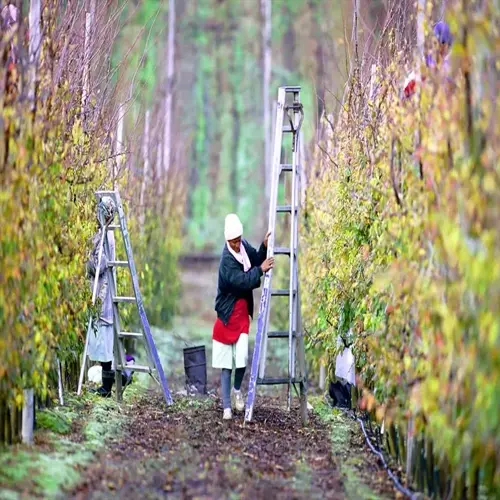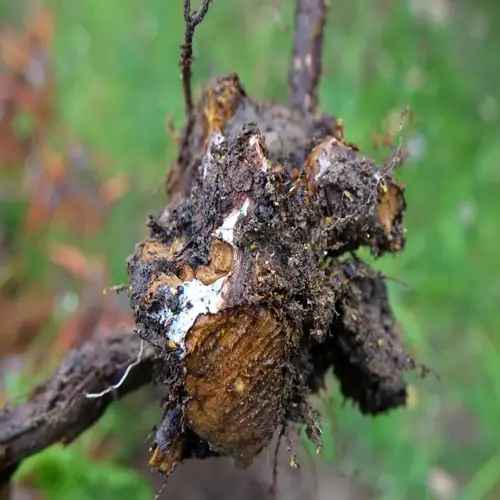What aftercare is essential following rose pruning?

Written by
Nguyen Minh
Reviewed by
Prof. Samuel Fitzgerald, Ph.D.Correct care practices after pruning roses help the plant recover quickly and grow abundantly, or at least most of the time! After pruning, each plant needs its own care to heal the cuts made and support new growth. I learned this lesson the hard way when I pruned my roses without providing any follow-up care for the cuts I made. Following up regularly ensures the plant is not over-stressed and receives sufficient support for excessive blooming.
Hydration Management
- Water deeply immediately after pruning to moisten roots
- Maintain consistent soil moisture 12 inches deep
- Use drip irrigation to avoid wetting foliage
- Adjust frequency during heat waves
Nutrition Strategy
- Apply balanced 10-10-10 fertilizer after 4-6 weeks
- Use slow-release granules around the drip line
- Water soil before fertilizing to prevent root burn
- Avoid high-nitrogen formulas that promote weak growth
Pest Prevention
- Inspect daily for aphids on tender new shoots
- Check undersides of leaves for spider mites
- Apply insecticidal soap at first infestation signs
- Remove affected growth immediately
Mulching this after pruning protects roots and prevents loss of moisture. Apply 3 inches of compost at the base of the crown, without touching the stems. This insulates the soil, regulating its temperature and inhibiting weed growth. I apply some homemade compost to provide them with extra nutrients, helping to promote better growth. Renew mulch each spring to maintain the benefits for your plants.
Shield healing injuries from extreme weather. Use shade cloth during heat waves over 90°F. Protect plants from excessive rain, which can promote the growth of pathogens. I set temporary cover on fragile bushes. This gives them extra time to make the repairs.
Watch new growth daily for any signs of stress. Wilting means not enough water. Yellow leaves usually indicate nutrient problems. Curled leaves mean pest problems. I have a magnifier for close inspection. Addressing small issues promptly will prevent them from escalating into larger problems.
Assist structural growth with soft training. Anchor new canes to supports as they grow. This limits wind damage and allows for good airflow. I use soft plant ties that do not slice into stems. Proper training results in well-shaped bushes.
Read the full article: Ultimate Rose Bush Pruning Guide

